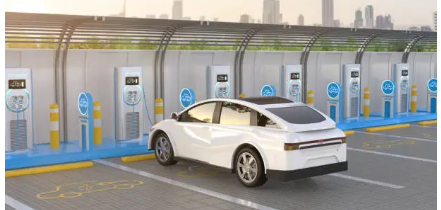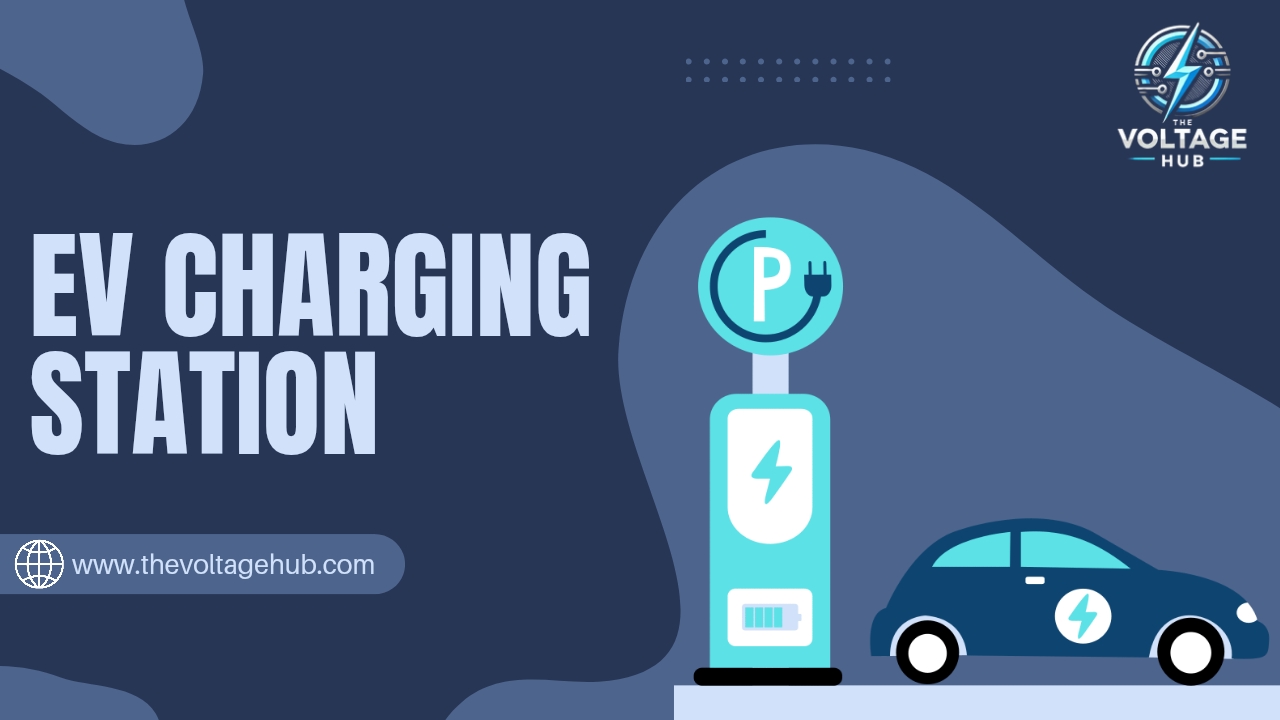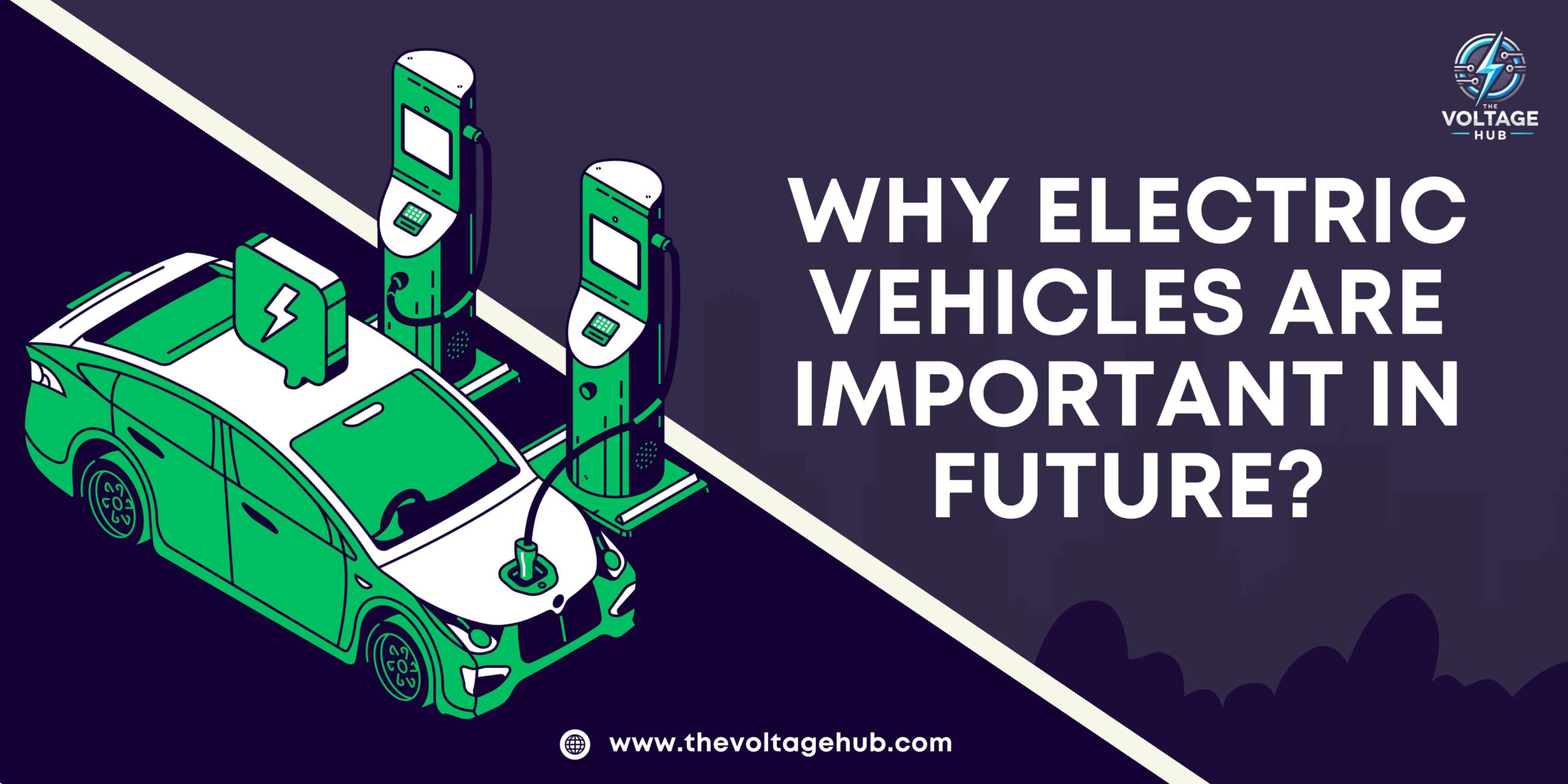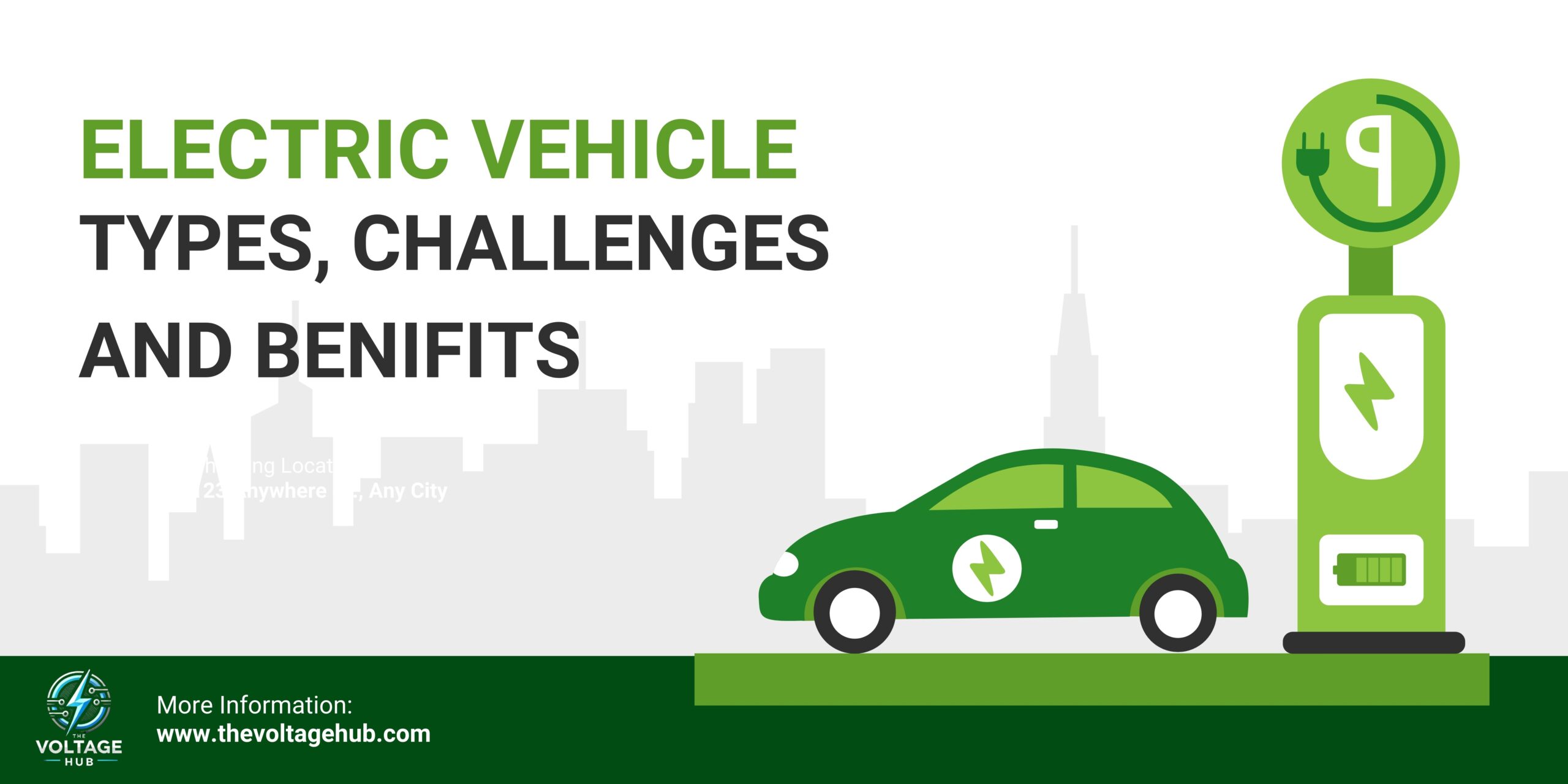Table Of Content
- 1 What Are Electric vehicle charging stations?
- 2 Types of EV Chargers
- 3 Factors Affecting the EV Charging Station Cost
- 4 Infrastructural Requirements for Setting EV Charging Station
- 5 Government Guidelines for Setting EV Charging Station
- 6 Cost of Setting Up EV Charging Station
- 7 EV Charging Station Franchise in India
- 8 How to Open Electric vehicle charging stations in India?
- 9 Conclusion
- 10 FAQs
As Electric vehicle charging stations become more mainstream, the need to understand the essentials of EVs Charging Stations infrastructure grows significantly. Charging stations are pivotal in supporting the widespread adoption of EVs, providing the necessary power to keep vehicles running efficiently. This article delves deep into the types of EV charging stations, their costs, and the most common locations to access them.
What Are Electric vehicle charging stations?
Electric vehicle charging stations, also called Electric Vehicle Supply Equipment (EVSE), are facilities that connect electric vehicles (EVs) to a power source to recharge their batteries. These stations replace the need for traditional fuel like gasoline or diesel by providing electricity, which powers EVs efficiently and sustainably.
They come in various types, including Level 1 (slow charging), Level 2 (faster charging), and DC fast chargers, catering to different needs and vehicle types. EV charging station are often located in residential areas, workplaces, public parking lots, highways, and shopping centers, making charging accessible for a growing number of EV users.
As the backbone of the EV ecosystem, charging stations enable drivers to travel confidently, whether for short commutes or long-distance journeys, contributing to the global shift toward eco-friendly transportation.

Types of EV Chargers
1. Level 1 Charging: Basic Home Charging
Voltage: 120 volts
Charging Speed: Adds 4–5 miles of range per hour
Best For: Overnight charging at home
Setup: Plug-and-play with a standard household outlet
Limitations:
- Slow charging speed
- Unsuitable for long-distance travel or frequent users
Level 1 chargers are perfect for those with lower daily mileage needs, offering an affordable and straightforward option for home use.
2. Level 2 Charging: Fast and Efficient
Voltage: 240 volts
Charging Speed: Adds 25–30 miles of range per hour
Best For: Homes, workplaces, and public charging stations
Setup: Requires a dedicated circuit and professional installation
Advantages:
- Faster and more efficient than Level 1 chargers
- Well-suited for regular EV drivers
Level 2 chargers are a popular choice for their balance of speed and convenience, making them ideal for a wide range of users.
3.DC Fast Charging: Rapid Charging
Voltage: 480 volts or higher (direct current)
Charging Speed: Provides 80% charge in just 20–30 minutes
Best For: Highway rest stops and urban hubs for long-distance travelers
Considerations:
- Higher installation and usage costs
- Not all EV models support DC fast charging
DC fast chargers are perfect for on-the-go drivers needing a quick boost during long journeys or in busy urban areas.
Factors Affecting the EV Charging Station Cost
Setting up an EV Charging Station involves several considerations that directly impact the overall investment. Here’s a detailed look at the key factors influencing the cost:
Location:
The location significantly affects the cost. Setting up a home charging station is relatively inexpensive due to minimal infrastructure needs. However, public or commercial setups require strategic placement in high-traffic areas, advanced infrastructure, and high-capacity equipment, all of which increase expenses. Urban locations, with higher land values, further add to the cost, while rural areas may require additional power supply development.
Type of Charger:
The type of charger directly impacts initial and operational costs. Basic chargers using 120V outlets are economical but slow, making them unsuitable for public use. Level 2 chargers and DC fast chargers, commonly used in commercial setups, offer faster charging but come with higher equipment and installation costs.
Power Demand and Usage:
Public stations serving high traffic require multiple charging units and upgraded infrastructure, driving up costs. Inconsistent power supply may also necessitate additional features like battery storage or solar panels, further adding to the investment.
Charging Rate and Maintenance:
Operational expenses include electricity costs, which depend on the charging rate and energy usage patterns. Maintenance costs for public stations, such as software updates, hardware servicing, and payment systems, are essential to ensure reliability and smooth operations.
Infrastructural Requirements for Setting EV Charging Station
Location and Space: Accessible, strategically placed with adequate parking and movement space.
Power Supply: Reliable grid connection with sufficient load capacity; backup options like batteries or generators.
Charging Equipment: Install Level 1, Level 2, or DC fast chargers compatible with multiple EV models and standards.
Electrical Infrastructure: Transformers, wiring, safety mechanisms (surge protection, circuit breakers).
Network and Software: Charging management system, payment integration, and internet connectivity.
Parking and Signage: Dedicated parking with clear signage for guidance and instructions.
Safety and Security: Adequate lighting, CCTV surveillance, and fire safety measures.
Additional Features: Solar panels for renewable energy, and traveler amenities like restrooms or kiosks.
Government Guidelines for Setting EV Charging Station
Governments worldwide are issuing policies to accelerate EV adoption and infrastructure development. In India, for example, the Ministry of Power outlines these key guidelines:
- License-Free Operation: No special license is needed for setting up a public EVs Charging Stations
- Technical Standards: Chargers must meet prescribed standards to ensure interoperability.
- Subsidies and Incentives: Financial assistance is available for entrepreneurs and businesses to offset setup costs.
- Open Access: Private charging stations can participate in charging networks.
Cost of Setting Up EV Charging Station
1. Infrastructural Costs
The infrastructural costs include the facilities, equipment, and land required for setting up a EVs Charging Stations. Below is the detailed breakdown:
| Requirement | Estimated Cost |
|---|---|
| Land Lease (at ₹50,000 per month) | ₹6,00,000 |
| Electricity connection, transformers, and energy meters | ₹7,50,000 |
| Civil Works | ₹2,50,000 |
| Maintenance and Technical Team | ₹3,00,000 |
| Brand Promotion and Marketing | ₹50,000 |
2. Charger Costs
As per government guidelines, public EVs Charging Stations must include at least three fast (DC) chargers and two slow (AC) chargers. Here is the cost of different charger types:
| Type of Charger | Cost (₹) |
|---|---|
| Bharat AC – 001 | ₹65,000 |
| Bharat DC – 001 | ₹2,47,000 |
| Type 2 AC | ₹1,20,000 |
| CHAdeMO | ₹13,50,000 |
| CCS | ₹14,00,000 |
EV Charging Station Franchise in India
Tata Power EZ Charge: Tata Power offers an extensive network of EV charging stations, providing franchisees with advanced technology and robust support for home, workplace, and public charging solutions.
Fortum Charge & Drive: Fortum provides a franchise model to set up EVs Charging Stations, offering clean energy solutions with competitive pricing and reliable customer service.
Charge Grid: Charge Grid, backed by Exicom Tele-Systems, offers EV charging stations with a focus on both public and private use, along with comprehensive technical support for franchisees.
Magenta EV Solutions: Magenta provides end-to-end EV charging solutions with franchise opportunities focusing on commercial and residential charging stations, backed by strong marketing and technical assistance.
Okaya Power Group: Okaya offers a wide range of EV charging solutions with a franchise model that includes fast chargers, ensuring round-the-clock support and guidance for successful station operations.
How to Open Electric vehicle charging stations in India?
Conduct Market Research: Analyze the demand for EVs and charging infrastructure in your target area. Evaluate potential competitors and the existing charging network in your region.
Choose the Location: Select a high-traffic area such as near highways, shopping centers, office buildings, or residential complexes. Ensure the location has access to sufficient electricity supply and space for installing multiple charging units.
Obtain Necessary Permits and Approvals: Apply for permissions from local authorities, including the municipal corporation and electricity board. Ensure compliance with local building codes and safety standards. Get NOC (No Objection Certificate) from the relevant authorities, including fire and safety departments.
Choose the Charging Equipment: Select Electric vehicle charging stations based on the type of EVs you wish to serve (e.g., slow chargers, fast chargers, or ultra-fast chargers).Choose reliable suppliers for EV charging equipment, ensuring they offer after-sales service and technical support.
Set Up Power Infrastructure: Work with the electricity distribution company to ensure the station can handle the load. You may need to set up a substation if the area has insufficient grid capacity.
Establish a Franchise or Independent Station: Decide whether you want to set up your own independent station or partner with a franchise of an established EV charging network like Tata Power, Fortum, or Charge Grid. A franchise can offer you technical support and brand recognition, making the setup process easier.
Install Charging Stations: Hire a professional team to install the charging units and ensure proper electrical wiring and safety measures. Ensure the installation meets safety standards set by the Bureau of Indian Standards (BIS) and other relevant authorities.
Conclusion
As electric mobility grows, Electric vehicle charging stations play a crucial role in ensuring the success of this transition. From understanding types and costs to exploring future trends, this guide provides a comprehensive overview for EV owners, entrepreneurs, and policymakers. By investing in charging infrastructure, we can pave the way for a cleaner, more sustainable future.
Read More About https://thevoltagehub.com/wireless-electric-vehicle-charging/
FAQs
What is the cost per charge of an EV charging station?
How much does it cost to charge an EV at a public station? Different companies charge differently for their products. However, as an estimate, it costs about ₹ 12 to ₹ 17 per unit of electricity to charge an EV at a public station.
How to start EV charging stations business?
To start an EV charging station business, you can research the market, secure licenses, invest in equipment, and set competitive prices. You can also consider renewable energy sources, user-friendly services, and regular maintenance.
Can I charge an EV car at home?
Yes, you can charge an electric vehicle (EV) at home by installing a dedicated home charger.





This blog provides a thorough explanation of EV charging stations, covering types, costs, and locations. It’s a great resource for anyone looking to understand the charging options available for electric vehicles!
“Thank you for your kind words! I’m glad you found the post helpful. If you have any more questions or need further details on EV charging stations, feel free to ask. Your feedback is much appreciated!”